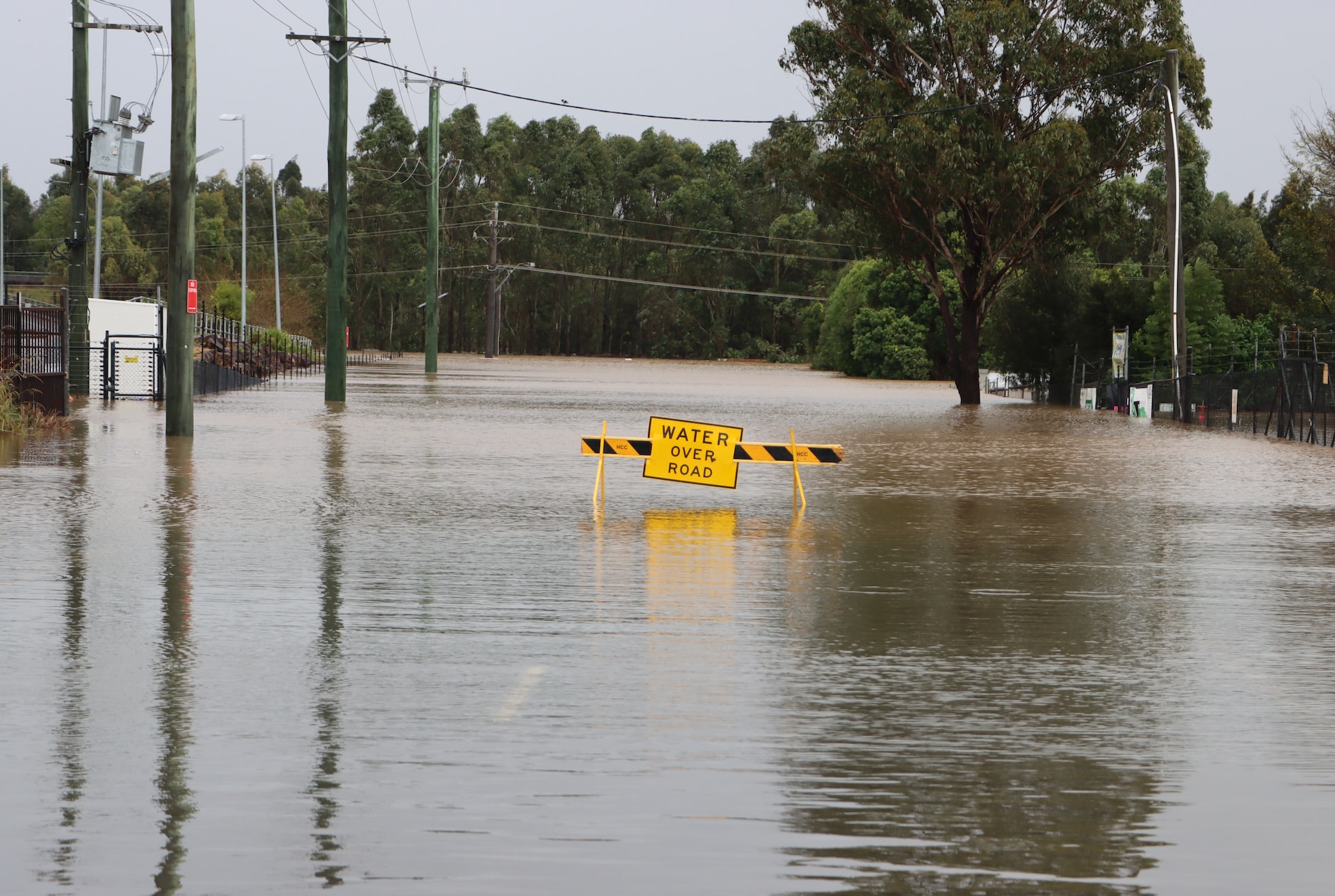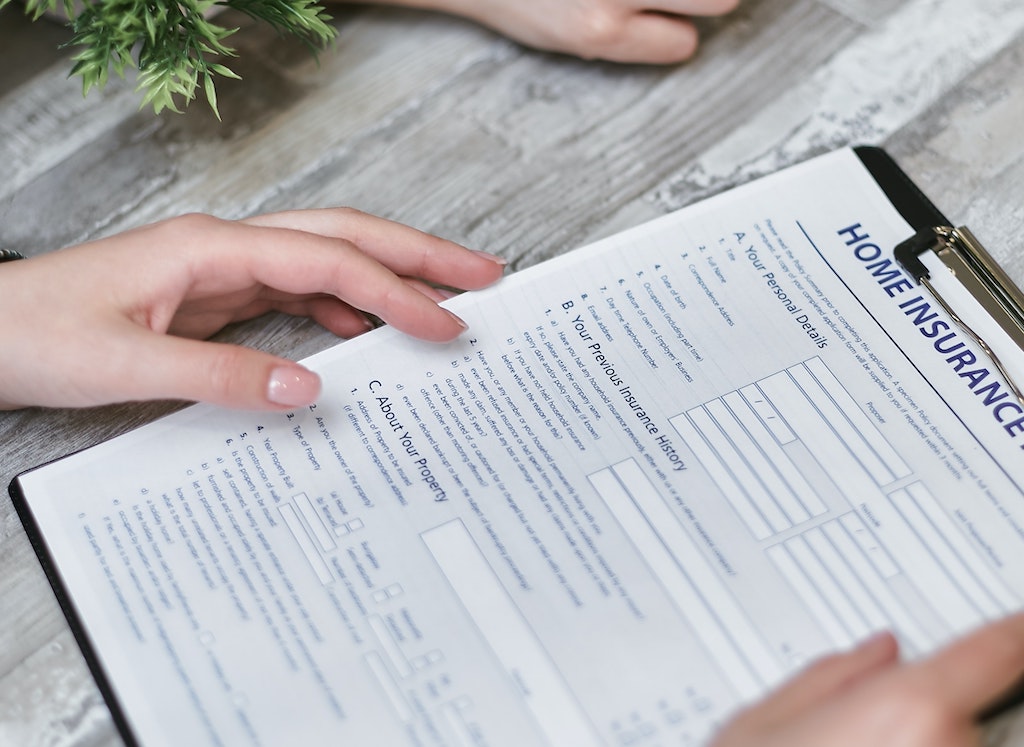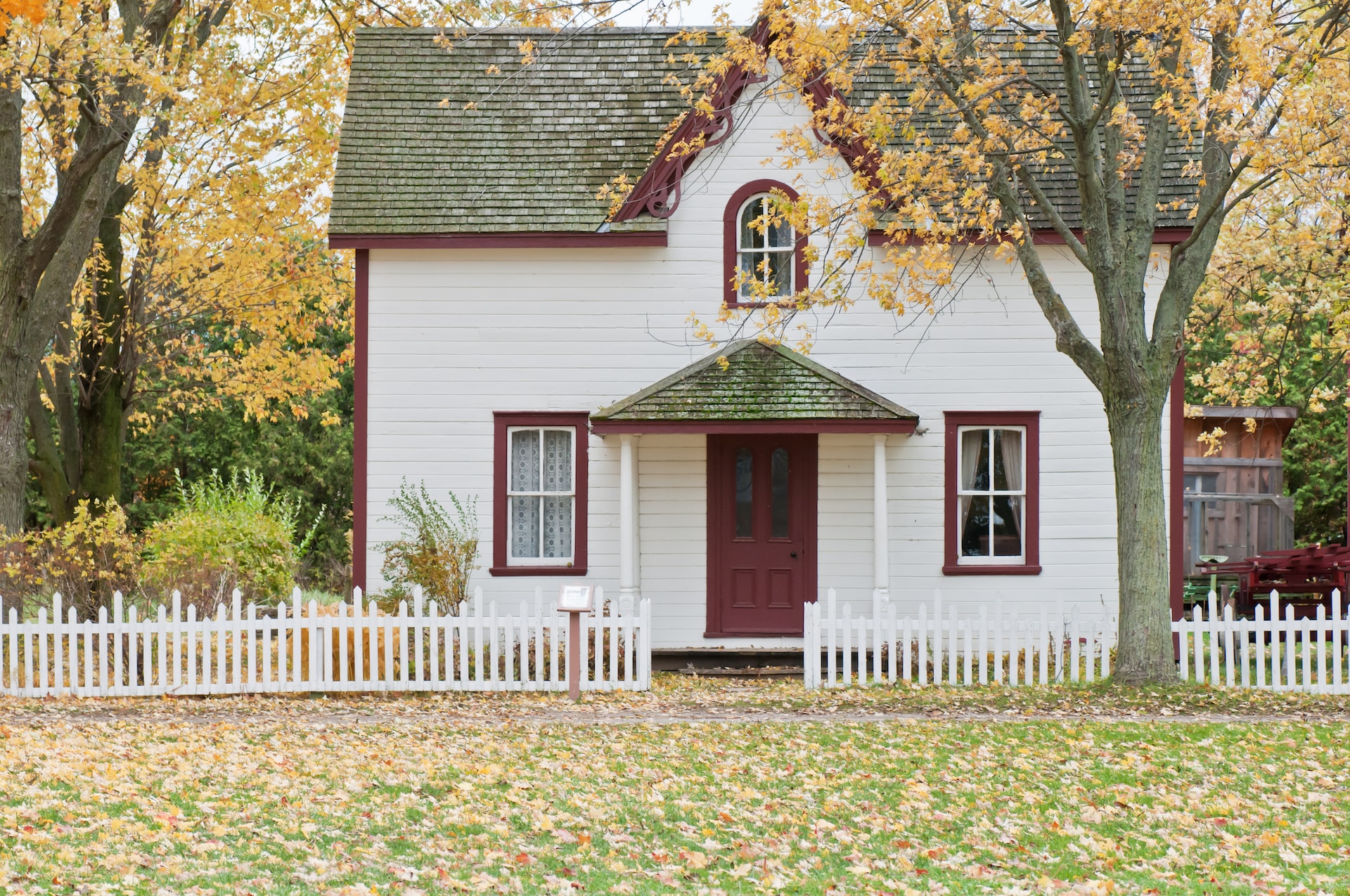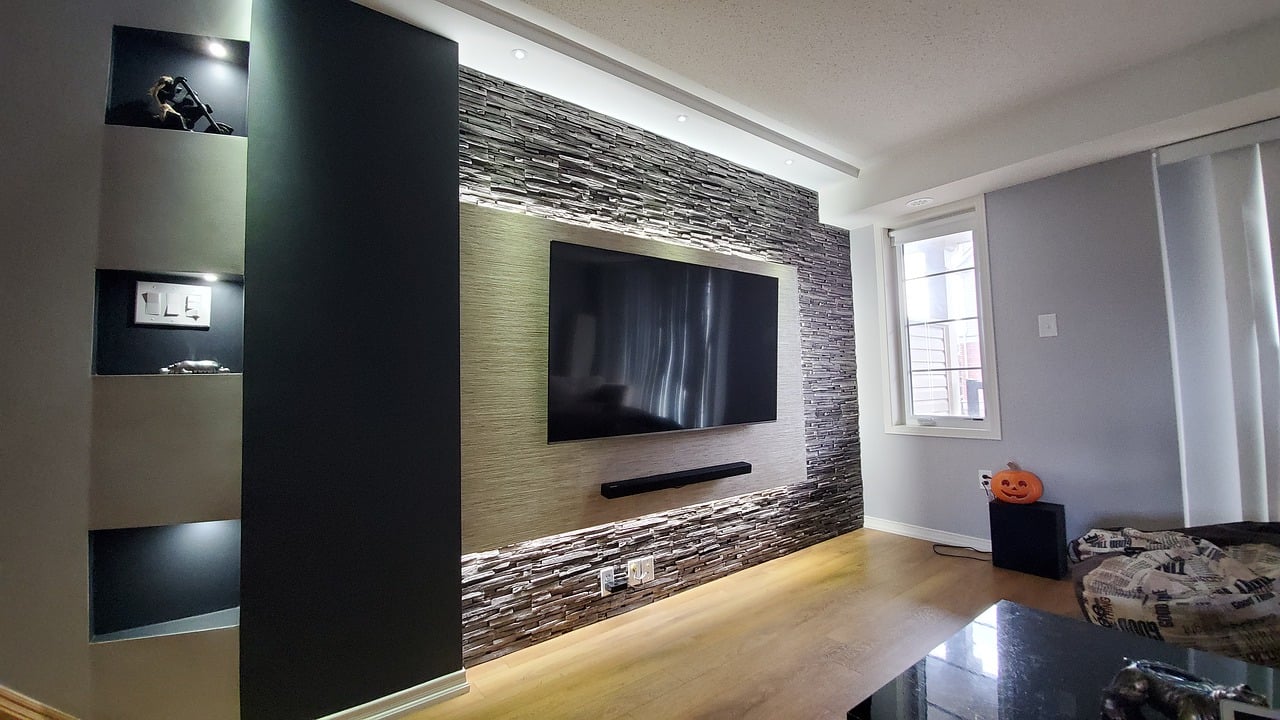Home insurance coverage for water damage and flood insurance are two separate things. While flood insurance specifically covers damage caused by flooding, defined as a “general and temporary condition of inundation of land or properties due to overflowing waters, rapid accumulation of surface waters, mudflow, or collapse of land,” water damage is typically covered under homeowners insurance. Water damage can occur due to severe rainstorms, burst pipes, overflowing toilets, or hailstorms.
Understanding Home Insurance and Flood Coverage
Flood insurance covers damage caused by flooding, providing a safety net in these unforeseen circumstances, whether due to overflowing rivers, heavy rainstorms, or other natural disasters.
Key points to know about flood insurance:
- Flood insurance covers damage caused by natural disasters such as hurricanes, heavy rains, or melting snow.
- It specifically protects your property, including the building structure and its contents.
- It helps cover costs associated with cleanup, repairs, and replacement of damaged items.
- Most flood insurance policies have a 30-day waiting period, so it’s crucial not to wait until a flood is predicted to purchase coverage.
Water Damage Coverage Under Homeowners Insurance
Water damage, on the other hand, is typically covered under homeowners insurance. This coverage can provide financial protection for homeowners when unexpected water-related incidents occur.
When severe rainstorms hit, and water begins to seep into your home, your home insurance policy can help cover the costs of repairing the damage. Whether it’s a leak in the roof or water entering through cracks in the foundation, you are protected with the right coverage.
Burst pipes can also lead to extensive water damage. If a pipe suddenly bursts in your home, causing flooding and property damage, home insurance can help cover the cost of repairs. Similarly, if you experience an overflowing toilet due to a plumbing issue, your homeowners insurance can help. This coverage can help with the cost of cleaning up and restoring your home after the water damage caused by the overflowing toilet.
Additional Coverage for Hailstorms
In addition to rainstorms, burst pipes, and overflowing toilets, home insurance may also cover water damage caused by hailstorms. Hail can cause significant damage to your property, especially the roof, leading to water leaks and subsequent damage inside your home.
Having gained the insight that home insurance coverage for water damage and flood insurance are distinct, with flood insurance addressing damage from flooding, while water damage typically encompasses harm from heavy rainstorms, burst pipes, overflowing toilets, or hailstorms, you can now take a proactive and informed approach to your insurance coverage, ensuring the protection of your assets in unforeseen circumstances.




